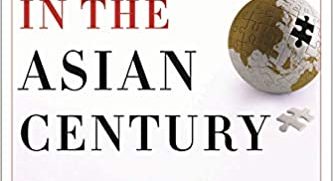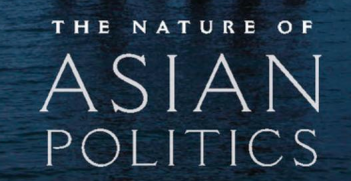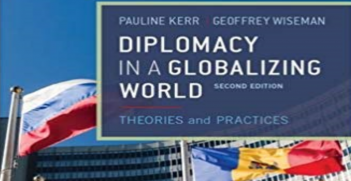1914: The Year the World Ended
KAISER Wilhem II of Germany was a “scatterbrained buffoon’’ fond of sabre rattling and scribbling rage-filled rants on the margins of official correspondence. Yet he was a weak, panic-stricken figure when World War I exploded. And like his cousin, Tsar Nicholas II of Russia, and close ally, Austrian Emperor Franz Joseph I, the Kaiser was sidelined in 1914 as military leaders, armed with railways for rapid mobilisation and horrific new artillery, deliberately chose to plunge millions of young men into industrial-scale slaughter.
These are among the most compelling vignettes and arguments to emerge from Australian historian Paul Ham’s immensely readable 700-page book which outlines Europe’s descent into madness and the vast battles which led to the creation of the Western Front in the closing months of 1914.
With the centenary of the Great War fast approaching, it is a timely examination of which country (or countries) was most to blame as well as an anecdote-filled narrative of the bullies, weaklings, fools, poets, dandies, heroes and ordinary people who played a part.
Ham writes at a fast clip in an evocative and occasionally lurid style. That is not surprising as he made his name as a journalist and communicator before he started writing blockbuster popular histories including Kokoda (2004) and Vietnam: The Australian War (2007).
That said, his arguments are well made and his narrative is coherent. He rejects the famous A.J.P Taylor “war by timetable’’ explanation which contends that Europe blundered into battle because of railway mobilisation plans that could not be halted. In Ham’s view, the trains could have been stopped if the will existed: “Plans did not prescribe war, men did.’’
Likewise, he scorns the contention advanced by German historian Fritz Fischer that Berlin should wear all the blame because it deliberately instigated the war to achieve European domination.
Ham argues that Germany was the number one culprit because it prodded Austria-Hungary to attack Serbia, knowing full well that this would lead to Russian mobilisation. But he says that all the major European powers bear some guilt because they created the alliances which led to tense stalemate and a climate in which war triumphed over diplomacy.
He backs the line from British historian Niall Ferguson that Germany did not aspire to world domination and had planned instead for a “preventive war’’ should Russia become an intolerable threat.
Ham also supports Ferguson’s claim that Germany was too weak to pose a threat to the French and British Empires and dispels claims that colonial rivalry was a major cause of the war. Ham is, however, much easier than Ferguson on the subject of British culpability. Whereas Ferguson controversially blames British Foreign Secretary Sir Edward Grey for reckless and irresponsible diplomacy, Ham presents the statesman as a gallant individual who was pursuing a diplomatic settlement long after everyone else had given up.
Historians will still be arguing about these issues 100 years from now. In the meantime, 1914 is a gripping depiction of events which transformed the world and gave Australia a bloody baptism on the international stage. It’s the total package with vivid descriptions of German gunboat diplomacy, the unruly Bosnian Serb anarchists who shot Archduke Franz Ferdinand, the meat-grinder horror of Western Front, civilian slaughter in Belgium, lice, shell shock and the withering anti-war poetry of Wilfred Owen and Siegfried Sassoon.
In short, it is a compelling and panoramic work for the general reader.
1914: The Year the World Ended by Paul Ham. William Heinemann: Australia, 2013.
Reviewed by David Costello (AIIA – Qld)





